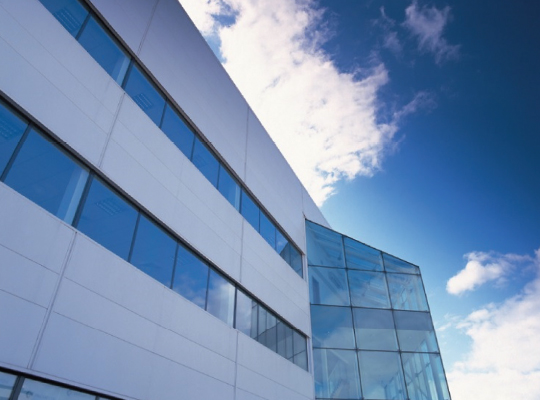What kind of sustainability?
The exact definition of what sustainability really means for the data center remains unclear.
While we work on that definition it is obvious that as businesses, and as a sector we must not become seen as profligate and happy to squander resources.
At a recent JLL event on ‘What’s in store for the data center industry in 2022’ sustainability, supply chain and skills were discussed.
First up was data center demand in context of sustainability.
Across Europe in the FLAP+D markets there are around 2.2GW of commercial data centers. New supply in 2022 is forecast by JLL at 374MW. London is home to 839MW of data power says JLL and 75MW of new supply of will be available in 2022. Demand is great for business. But we must proceed with caution. The public profile of the industry is growing as people, and authorities rightly ask what data center operators are doing to become sustainable in order to tackle climate change.
Which begs the question whether growing demand for data centers is only to be met through a building boom? If so, where will the land and sustainable energy be found? What will be the embodied carbon cost of all the steel and concrete that goes into these new buildings?
New buildings will be necessary but in London, Europe’s largest market, inside the M25 motorway there is calculated to be more than 200MW of existing data center capacity sitting inside enterprise single tenant facilities that is going unused.
That means at least some of the demand can be met through sustainable development of existing assets by modernizing infrastructure and extending the life of buildings whose carbon cost has already been paid.
When it comes to reuse the model is proven. In London we acquired an 8MW data center which was being underutilized, turned the occupant from being an owner operator of a depreciating asset into a customer and extended and expanded the facility’s capacity through an award-winning infrastructure modernization program. This is not an ordinary sale and leaseback tale.
Of course, it is complex. Not all stranded capacity is suitable for reuse. Some unused enterprise capacity may be situated in locations where, for a variety of reasons, it may not be viable to tap into the stranded power and space.
Yet there are plenty of underused enterprise data centers that can be re-used to suit. In this pre-existing part of the market stranded capacity is usually in locations that have high connectivity – often in city centers or close to financial districts. Extending the use of this capacity is good for the service provider, good for the existing enterprise and for the wider market.
Reuse to suit means that from a sustainability perspective not having to construct a new building and thereby creating another tranche of embodied carbon is a viable option. Reuse aligns with the ESG goals of enterprises and will even help avoid the supply chain constraints that much of industry is currently under. And why not serve the customer where they are rather than simply push them into a new location?





